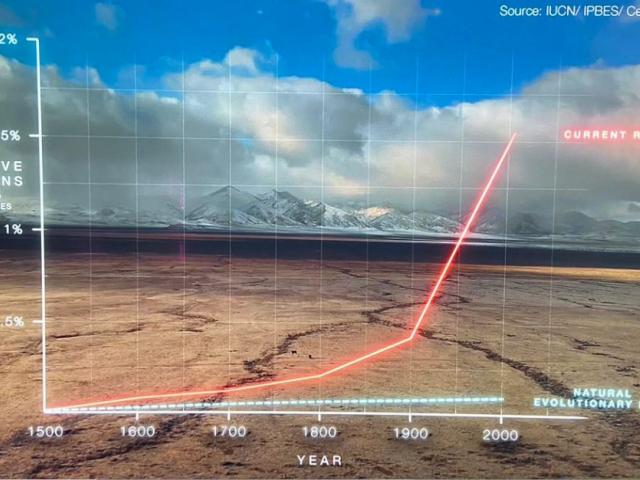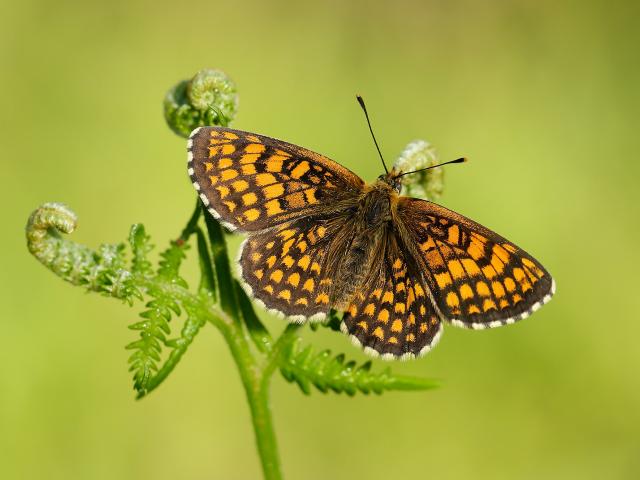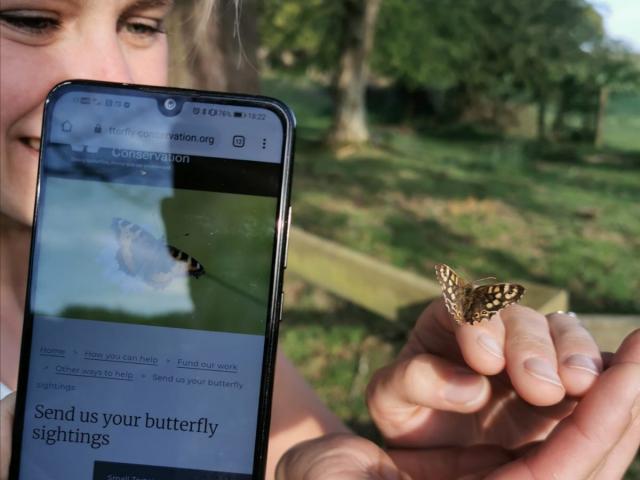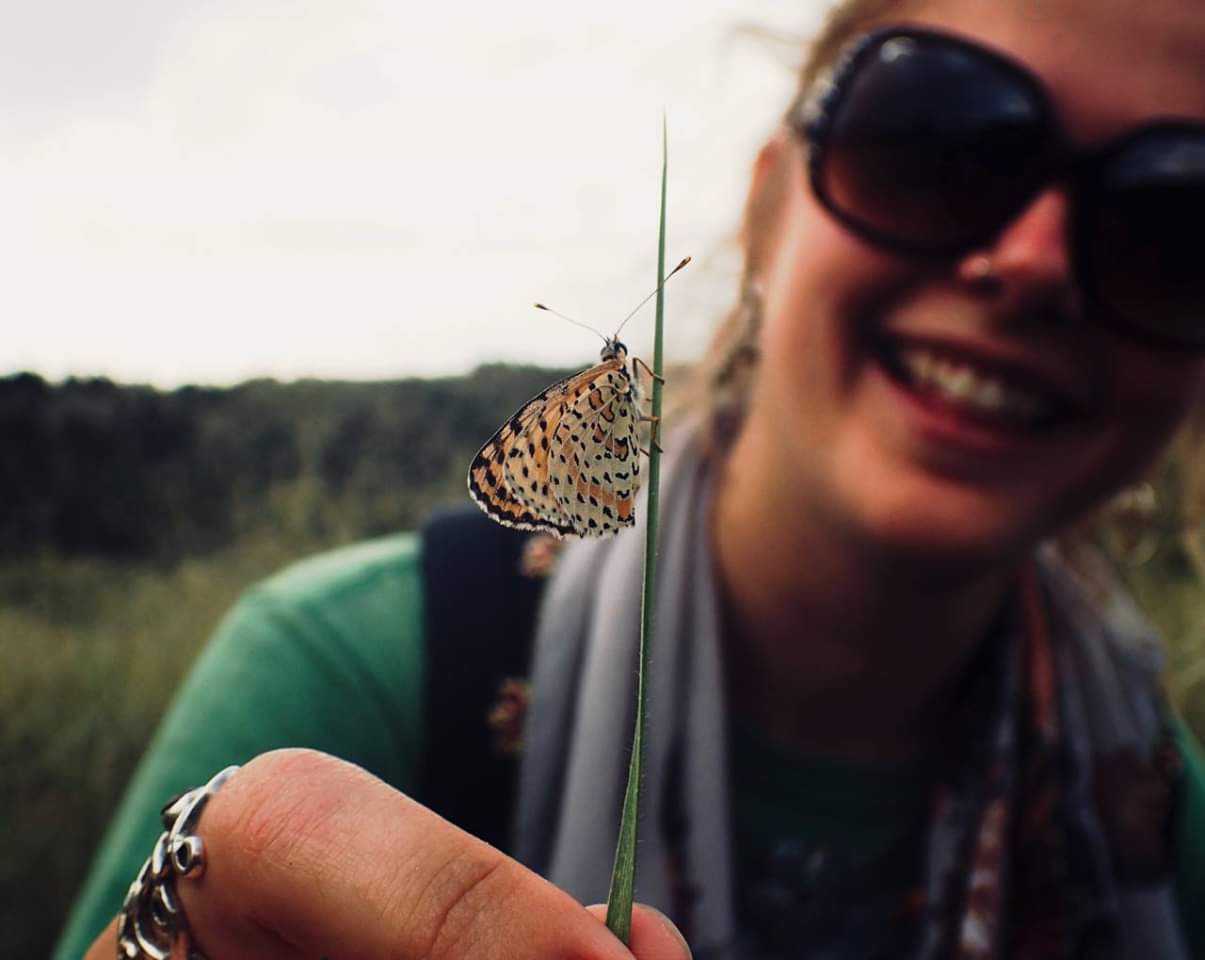Watching the excellent, compelling and powerful documentary ‘Extinction – The Facts’ by our President Sir David Attenborough on BBC One on Sunday evening stirred up a mixture of strong emotions and reactions for me, as I am sure it did for many of you. I was horrified, angry and frustrated at the continuing failure to grasp the appalling scale of the biodiversity losses by governments around the world. Most of all though, I was heartbroken at the scale of the losses and the relentless crushing of life on our planet.
The footage of the last of the Northern White Rhinos was a salutary reminder that “Extinction is Forever”, but as the programme set out in stark detail, this is only one species. There are now one million species of animal and plant species threatened with extinction. At the current rate, future generations will not have the opportunity to wonder at the rich diversity of wildlife we enjoy today.

The message is clear. Nature is in crisis with extinctions happening at unprecedented rates as a result of our abuse of the planet. But this is no longer just about nature. As the programme made clear, we are not apart from nature, we are an integral part of it. Our fate is tied to the fate of nature, with growing threats to food and water security and an increasing prevalence of diseases and pandemics such as HIV, SARS and Covid19 threatening us, our loved ones and our way of life.
Butterflies and moths are integral parts of this disintegrating web of life and we must play our part in turning things around. Butterfly Conservation may be a small organisation, but I believe we punch above our weight with both the quality of our data and the evidence which we use to inform our projects on the ground. A combination of this knowledge and understanding along with the tireless and dedicated efforts of staff, volunteers and our partners across the UK have shown how even seemingly lost causes can be turned around. We have prevented UK extinction for highly threatened species like the Heath Fritillary and New Forest Burnet (only found in Scotland!) and helped reverse frightening declines of Duke of Burgundy, Large Blue and the Black-veined Moth. Successes like this bring hope. However, although we have shown declines can be reversed, Sir David has set out an agenda which requires these successes to be replicated at a greater rate and on a bigger scale if we are to pass on a secure and wildlife-rich planet to future generations.

Partnership working is a key part of the solution to this challenge. Organisations like Butterfly Conservation acting alone will not be enough to tackle this crisis. We must continue to work together but scale up that effort for even greater impact. We must work across a broader range of organisations and individuals including faith-based communities, businesses and landowners as well as our established environmental partners. Together we can prevent this catastrophic loss of wildlife from overtaking us and leaving a weakened and denuded planet for future generations.
We must also engage with more people, reflecting a greater diversity of individuals and communities than we have achieved thus far. Nature is for everyone and everyone has a part to play in helping tackle the challenge, by taking positive steps for nature in our neighbourhood, through our consumer choices and through our political voice.
But none of this will be enough without the highest level of political will and leadership, starting with a genuinely Green Recovery. And the current global and domestic leadership response is wholly inadequate. We need much stronger visible commitment and leadership with the resources prioritised and matched to the scale of the climate and nature crises. We cannot pretend to have a transformational Green Recovery when there is £640 million for nature and £27 billion for roads!

We can also all help nature. Millions of small individual actions across the globe will add up and have impact. Flying less, switching to a more sustainable diet, volunteering and campaigning, adding solar panels and increasing home insulation and gardening for wildlife are all examples of small steps which when added together really can make a difference.
Although the scale of the challenge is immense, Sir David left us with a message of hope. With political will and actions by millions of people across the world we can turn things round. It is not too late, and the programme has made me more determined than ever that Butterfly Conservation will be part of this solution.
The Time Is Now #TimeToAct
Please click here to see how you can help us at BC fight back to save the planet.
Julie Williams
Chief Executive
Follow Julie on Twitter @JulieWilliamsBC


